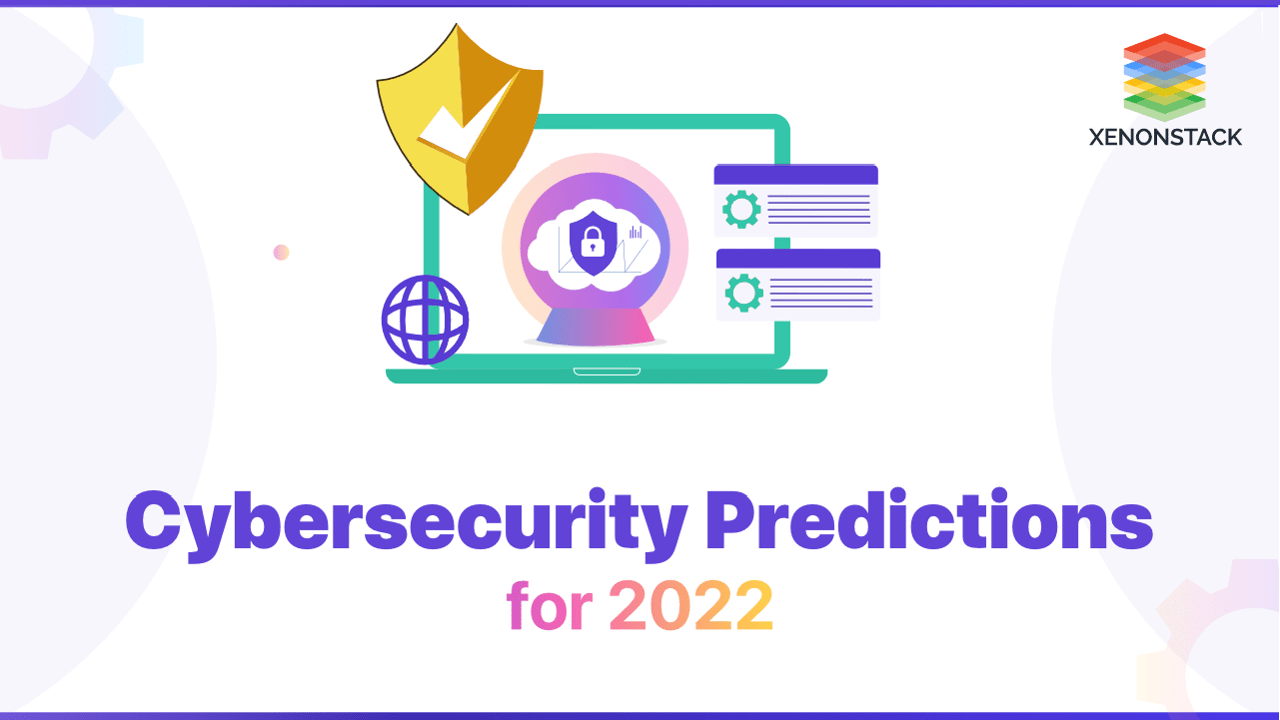Identify Deepfake Social Engineering Attacks and their potential risks.
Wiki Article
Future-Proof Your Business: Key Cybersecurity Forecasts You Need to Know
As services challenge the increasing speed of electronic improvement, comprehending the evolving landscape of cybersecurity is essential for long-term resilience. Forecasts recommend a substantial uptick in AI-driven cyber dangers, along with heightened governing examination and the crucial shift towards No Depend on Design. To efficiently browse these difficulties, companies should reassess their protection techniques and foster a culture of understanding amongst employees. Nevertheless, the ramifications of these modifications prolong beyond plain conformity; they can redefine the extremely framework of your functional protection. What actions should companies require to not just adapt but thrive in this new atmosphere?Surge of AI-Driven Cyber Threats

Among one of the most concerning developments is the usage of AI in producing deepfakes and phishing schemes that are extremely persuading. Cybercriminals can produce audio and video clip content, posing execs or trusted people, to manipulate sufferers into divulging delicate info or authorizing deceitful transactions. Furthermore, AI-driven malware can adapt in real-time to avert discovery by typical security steps.
Organizations need to identify the urgent demand to strengthen their cybersecurity frameworks to combat these advancing hazards. This includes investing in sophisticated hazard detection systems, promoting a society of cybersecurity understanding, and carrying out robust occurrence response plans. As the landscape of cyber dangers transforms, proactive actions end up being essential for guarding sensitive information and preserving company integrity in a progressively digital globe.
Enhanced Emphasis on Data Privacy
Exactly how can companies efficiently browse the expanding focus on data privacy in today's electronic landscape? As regulatory frameworks develop and customer expectations climb, businesses should prioritize robust information personal privacy approaches.Spending in employee training is crucial, as team awareness straight influences information protection. Furthermore, leveraging modern technology to improve information security is necessary.
Collaboration with legal and IT groups is important to straighten data personal privacy efforts with business purposes. Organizations must also engage with stakeholders, including consumers, to connect their dedication to information personal privacy transparently. By proactively resolving information privacy concerns, organizations can build trust and boost their track record, ultimately adding to lasting success in a significantly scrutinized electronic setting.
The Change to Zero Count On Style
In reaction to the advancing hazard landscape, companies are significantly taking on No Trust Architecture (ZTA) as a fundamental cybersecurity method. This approach is based on the principle of "never trust, constantly confirm," which mandates continual verification of individual identities, gadgets, and information, despite their location within or outside the network boundary.Transitioning to ZTA includes applying identification and access monitoring (IAM) solutions, micro-segmentation, and least-privilege accessibility controls. By granularly regulating accessibility to sources, organizations can reduce the danger of expert risks and minimize the impact of external breaches. ZTA includes durable surveillance and analytics capabilities, permitting companies to detect and react to anomalies in real-time.

The shift to ZTA is also fueled by the boosting adoption of cloud solutions and remote work, which have actually increased the assault surface (7 Cybersecurity Predictions for 2025). Conventional perimeter-based security designs are insufficient in this new landscape, making ZTA a much more resistant and flexible structure
As cyber threats remain to grow in refinement, the fostering of Zero Trust fund concepts will certainly be crucial for organizations seeking to protect their possessions and preserve regulative compliance while making sure service connection in an unclear environment.
Regulative Modifications coming up

Upcoming regulations are expected to address a series of issues, including information privacy, violation alert, and case action protocols. The General Information Defense Guideline (GDPR) in Europe has established a criterion, and comparable frameworks are arising in various other areas, such as the United States with the suggested government privacy regulations. These guidelines typically enforce stringent fines for non-compliance, highlighting the demand for organizations to prioritize their cybersecurity procedures.
Additionally, markets such as money, medical care, and critical infrastructure are most likely to deal with a lot more rigid requirements, mirroring the sensitive nature of the information they take care of. Conformity will not just be a lawful commitment however a vital part of structure count on with customers and stakeholders. Organizations has to remain in advance of these changes, incorporating regulatory requirements right into their cybersecurity approaches to guarantee durability and shield their properties effectively.
Relevance of Cybersecurity Training
Why is cybersecurity training an important component of an organization's defense strategy? In an era where cyber dangers are 7 Cybersecurity Predictions for 2025 progressively advanced, organizations must identify that their workers are frequently the very first line of protection. Reliable cybersecurity training equips personnel with the understanding to recognize possible dangers, such as phishing attacks, malware, and social engineering tactics.
By fostering a society of safety and security recognition, organizations can dramatically decrease the risk of human error, which is a leading source of data breaches. Regular training sessions ensure that workers remain educated concerning the most up to date dangers and best practices, thereby enhancing their capability to respond suitably to occurrences.
Additionally, cybersecurity training advertises compliance with governing requirements, decreasing the risk of legal effects and punitive damages. It also encourages employees to take ownership of their function in the company's security structure, bring about a proactive as opposed to reactive method to cybersecurity.
Verdict
In verdict, the evolving landscape of cybersecurity demands proactive steps to attend to emerging hazards. The surge of AI-driven assaults, paired with enhanced information personal privacy concerns and the shift to No Trust fund Style, requires a detailed strategy to protection.Report this wiki page